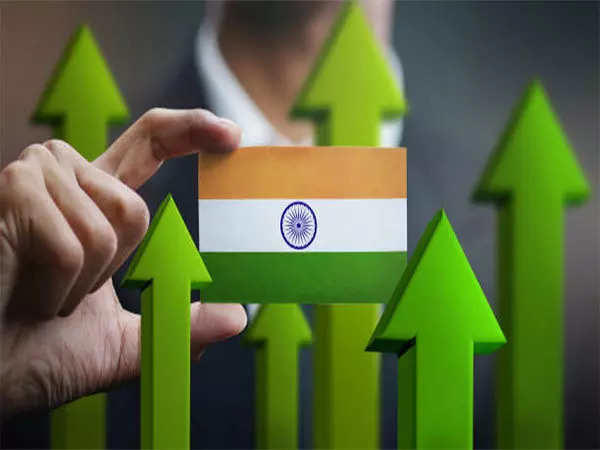In India, the inflation rate, measured by the consumer price index (CPI), was 4.9% in March. This is slightly lower than the average of 5.1% seen in the two months prior, but it’s still higher than the lowest point reached in December 2023, which was 5.7%.
Retail inflation in India falls within the Reserve Bank of India’s comfort range of two to six percent, but it’s still above the ideal scenario of four percent. Inflation has been a worry for many countries, including the more developed ones, but India has generally been able to manage its inflation levels quite effectively. According to the OECD report, the Indian central bank is expected to begin easing its monetary policy in the second half of the year, once inflation stays at lower levels.
Following its latest review meeting, the Reserve Bank of India (RBI) decided to keep the policy repo rate steady at 6.50 percent. This marks the seventh consecutive time that the rate has remained unchanged. The repo rate is the interest rate at which the RBI lends money to other banks.
Except for the most recent breaks, the RBI has raised the repo rate by a total of 250 basis points since May 2022 in its efforts to combat inflation. Raising interest rates is a tool used by the central bank to reduce demand in the economy, which in turn helps lower the inflation rate.
Looking ahead, the report suggests that if the monsoon season is normal and there are no major disruptions to supplies that could unsettle inflation expectations, the RBI may consider cutting the policy rate for the first time towards the end of 2024. The report predicts that by March 2026, the RBI may implement cumulative rate cuts of up to 125 basis points, eventually transitioning to a neutral stance in 2025.
Moreover, the report highlights the importance of achieving higher real GDP growth in India to tackle various development challenges, particularly job creation. To facilitate this progress, the report recommends avoiding unpredictable export restrictions and tax increases, reducing subsidies for fertilizers and pesticides, and rationalizing minimum price supports.
Additionally, it suggests relaxing regulations requiring agricultural produce to be sold in state-regulated wholesale markets. These bold measures should be accompanied by proactive communication, open dialogue with stakeholders, and regulatory safeguards.


